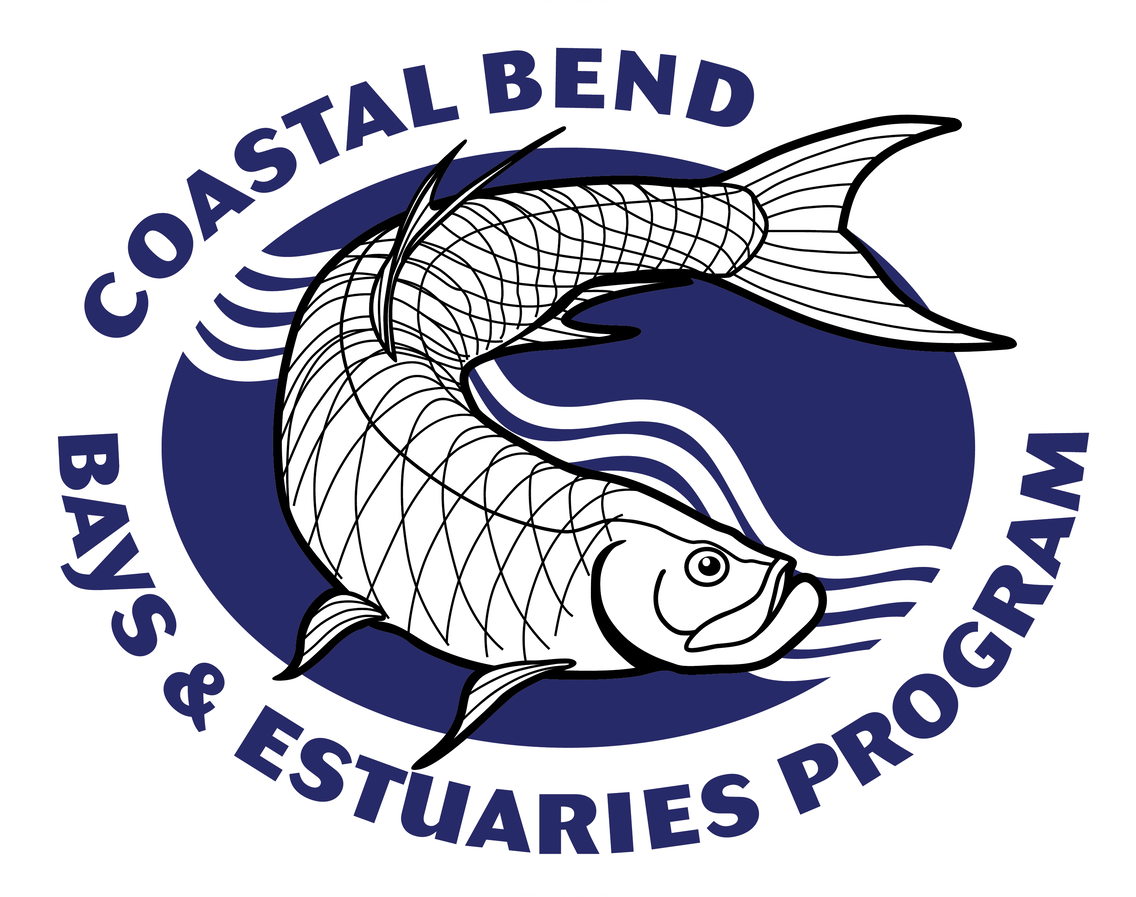Survival in an Estuary:
TEKS Covered: 112.4 (a) 1ABDE 2-5, (b) 1, 2BCD, 3, 4A, 5A-DFG, 6A, 11A, 12A-C, 13A&B
Equipment Used: hand lenses, metric rulers, field journals
Vocabulary: organisms, conservation, leaf patterns, dormancy, herbivore, adaptations
Field Trip Stations
Food Chain Hike – While on a hike, learn to identify different types of plants and their parts.
Pond Quiet Sit – Scientists make observations of habitats using their senses.
Insect Exploration – Explore characteristics of insects that help them meet their basic needs.
Plant Sketching – Sit and observe your environment. Notice the differences between types of grasses, shrubs, and trees. Sketch about a plant you observe. Make bark rubbings to see details.
For more information or to customize a trip, use our teacher workbook.
